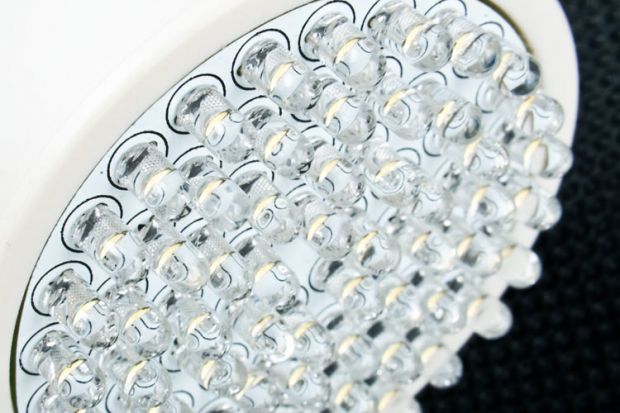The Skr8 million (£690,000) prize money will be shared by Isamu Akasaki of Japan’s Meijo University and Nagoya University, Hiroshi Amano of Nagoya University and Shuji Nakamura of the University of California, Santa Barbara.
In a statement, the Royal Swedish Academy of Sciences, which awards the prize, says the invention of blue LEDs in the early 1990s “triggered a fundamental transformation of lighting technology”.
Using LEDs for lighting is much more efficient than using incandescent or fluorescent bulbs. But while red and green diodes had been around for a long time, blue ones were also necessary to make white light.
“Despite considerable efforts, both in the scientific community and in industry, the blue LED had remained a challenge for three decades,” the academy says.
“The LED lamp holds great promise for increasing the quality of life for over 1.5 billion people around the world who lack access to electricity grids: due to low power requirements it can be powered by cheap local solar power.”
The academy adds that awarding the prize for “an invention of greatest benefit to mankind” is “in the spirit of Alfred Nobel”.
Professor Nakamura’s prize has previously been predicted by David Pendlebury, Thomson Reuters citation analyst, based on his very high citation count.




